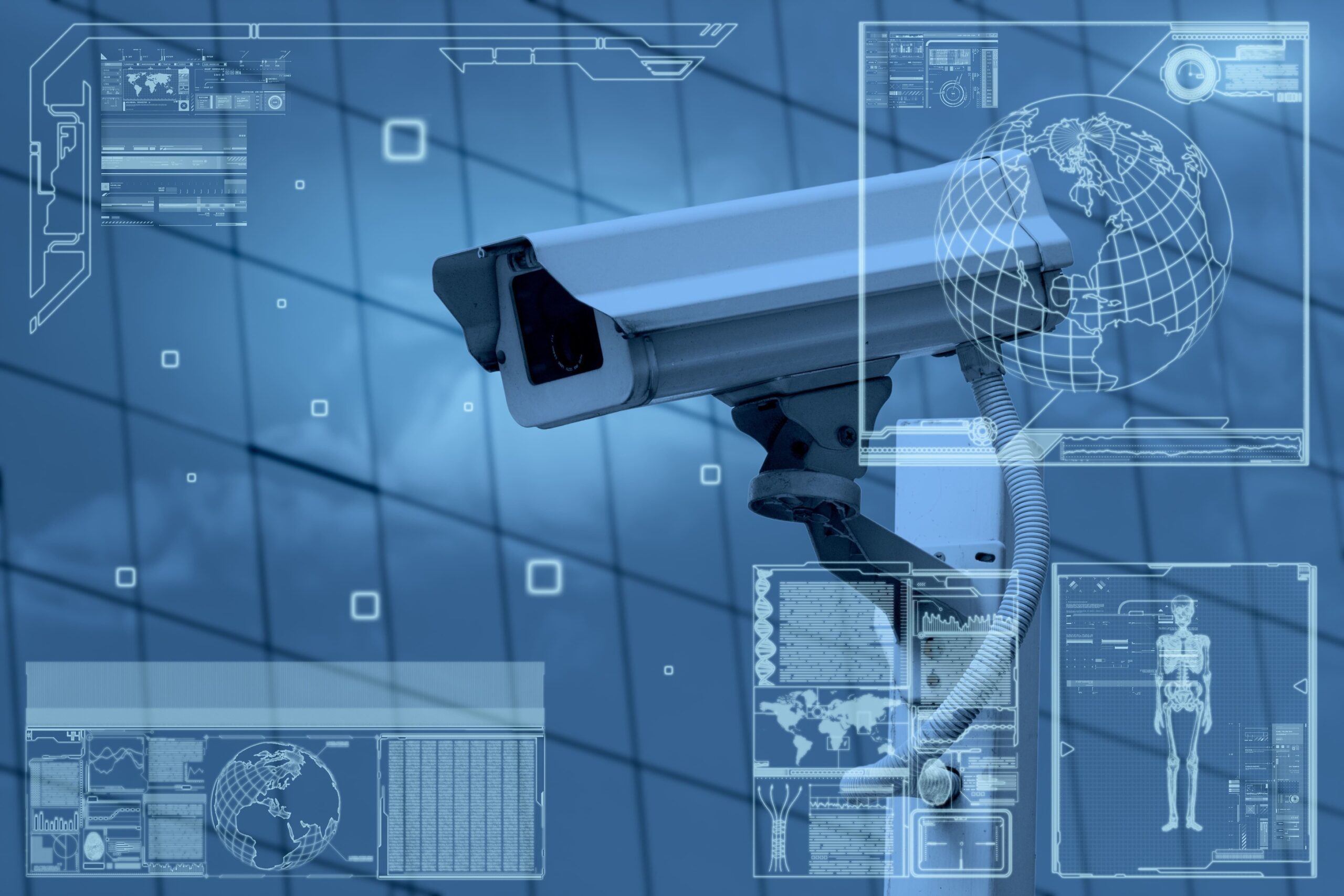Introduction
In an age where security and surveillance are paramount, businesses and individuals are increasingly turning to advanced technologies to safeguard their assets, ensure public safety, and maintain peace of mind. Among the most significant advancements in this field are Video Management Systems (VMS) and AI security cameras. These tools not only enhance the capabilities of traditional surveillance systems but also provide intelligent solutions that can adapt to various security needs. This blog delves into the intricacies of video management systems and AI security cameras, exploring their features, benefits, and applications.
Understanding Video Management Systems (VMS)
A Video Management System (VMS) is a crucial component of modern surveillance setups. It refers to software that allows users to manage, store, and analyze video footage captured by security cameras. VMS integrates with multiple camera feeds, providing a centralized interface for monitoring and control.
Key Features of Video Management Systems
- Centralized Monitoring: VMS provides a unified platform where users can view live and recorded video feeds from multiple cameras, facilitating comprehensive surveillance.
- Scalability: Whether managing a small number of cameras or an extensive network, VMS solutions are scalable, accommodating the growth and evolving needs of an organization.
- Storage Management: Efficient storage solutions within VMS ensure that video footage is archived systematically, with options for cloud storage, on-premises servers, or hybrid models.
- Advanced Search and Retrieval: VMS includes sophisticated search functionalities, allowing users to quickly locate specific events or incidents within vast amounts of video data.
- Integration Capabilities: Modern VMS can integrate with other security systems, such as access control and alarm systems, creating a comprehensive security infrastructure.
- User Management: VMS offers robust user management features, enabling different levels of access and control for various stakeholders within an organization.
Benefits of Video Management Systems
- Enhanced Security: By providing real-time monitoring and comprehensive video analysis, VMS enhances overall security, helping prevent incidents and quickly responding to threats.
- Operational Efficiency: VMS streamlines surveillance operations, reducing the need for manual monitoring and allowing security personnel to focus on critical tasks.
- Cost-Effectiveness: Although the initial investment in a VMS can be significant, the long-term benefits of improved security and operational efficiency often result in substantial cost savings.
- Flexibility and Adaptability: VMS solutions can be tailored to meet the specific needs of different industries, from retail and banking to healthcare and transportation.
- Compliance and Reporting: VMS helps organizations comply with regulatory requirements by maintaining accurate records of surveillance activities and providing detailed reports.
Exploring AI Security Cameras
AI security cameras represent the next frontier in surveillance technology. By incorporating artificial intelligence and machine learning algorithms, these cameras can perform tasks that go beyond simple video recording, offering intelligent analysis and automated responses.
Key Features of AI Security Cameras
- Object Detection and Recognition: AI security cameras can detect and recognize various objects, such as people, vehicles, and animals, within their field of view.
- Facial Recognition: Advanced AI algorithms enable cameras to identify and verify individual faces, making them useful for access control and identifying suspects.
- Behavioral Analysis: AI cameras can analyze behavior patterns, identifying unusual or suspicious activities, such as loitering, crowd formation, or unauthorized access.
- Automated Alerts: These cameras can send real-time alerts to security personnel or other designated individuals when they detect anomalies or potential security breaches.
- Adaptive Learning: AI security cameras continuously learn from their environment, improving their accuracy and reducing false positives over time.
Benefits of AI Security Cameras
- Proactive Security: Unlike traditional cameras that passively record events, AI security cameras actively monitor and analyze, providing proactive security measures.
- Reduced Human Error: By automating the detection and analysis of security threats, AI cameras reduce the likelihood of human error in surveillance operations.
- Scalability: AI security cameras can be easily scaled to cover larger areas or integrate with existing security systems, enhancing overall surveillance capabilities.
- Enhanced Efficiency: These cameras can handle large volumes of video data, providing real-time analysis and reducing the need for extensive manual review.
- Cost Savings: By automating many aspects of surveillance, AI security cameras can lead to significant cost savings in terms of labor and operational expenses.
Integrating VMS and AI Security Cameras
The integration of Video Management Systems and AI security cameras creates a robust and intelligent surveillance ecosystem. Here’s how combining these technologies can benefit various sectors:
Retail
In retail environments, VMS combined with AI security cameras can enhance loss prevention efforts, optimize store layouts, and improve customer experience. AI cameras can monitor shopper behavior, detect suspicious activities, and provide valuable insights into foot traffic patterns. The VMS can centralize these insights, allowing for efficient management and quick response to incidents.
Banking and Financial Services
Security is paramount in banking and financial institutions. AI security cameras can monitor ATMs and bank branches, recognizing faces and identifying potential threats in real-time. VMS can store and manage vast amounts of footage, facilitating compliance with regulatory requirements and enabling rapid retrieval of critical video evidence during investigations.
Healthcare
In healthcare settings, AI security cameras can enhance patient safety by monitoring for falls, unauthorized access to restricted areas, and ensuring compliance with safety protocols. The VMS can integrate with other hospital management systems, providing a holistic view of security and operational efficiency.
Transportation
For transportation hubs such as airports and train stations, the combination of VMS and AI security cameras can improve passenger safety, manage crowd control, and enhance incident response. AI cameras can detect unattended luggage, identify individuals on watchlists, and monitor for suspicious behavior. The VMS ensures that all this data is centralized, easily accessible, and efficiently managed.
Public Safety and Law Enforcement
AI security cameras can play a crucial role in public safety by monitoring public spaces, recognizing faces from watchlists, and detecting unusual activities. The VMS provides law enforcement agencies with the tools to manage and analyze video footage effectively, ensuring quick access to critical information during emergencies.
Challenges and Considerations
While the benefits of integrating VMS and AI security cameras are substantial, there are also challenges and considerations to keep in mind:
- Privacy Concerns: The use of AI in surveillance raises privacy issues. It is essential to balance security needs with individual privacy rights, ensuring compliance with data protection regulations.
- Data Security: Managing and storing vast amounts of video data requires robust cybersecurity measures to prevent unauthorized access and data breaches.
- Cost and Implementation: The initial cost of deploying VMS and AI security cameras can be high. Organizations must carefully plan and budget for these investments, considering long-term benefits and ROI.
- Training and Adoption: Effective use of these technologies requires training for security personnel and staff. Ensuring proper adoption and understanding of the system’s capabilities is crucial for maximizing its benefits.
Conclusion
Video Management Systems and AI security cameras represent the forefront of modern surveillance technology. By integrating these powerful tools, businesses and organizations can achieve enhanced security, operational efficiency, and valuable insights. While challenges exist, the benefits far outweigh the drawbacks, making these technologies indispensable in today’s security landscape.
Investing in VMS and AI security cameras not only prepares organizations for current security challenges but also positions them to leverage future advancements in surveillance technology. As AI and video analytics continue to evolve, the possibilities for improving safety, efficiency, and decision-making will expand, offering unprecedented opportunities for growth and innovation. Embrace the future of surveillance with Video Management Systems and AI security cameras, and transform the way you protect and manage your assets.



